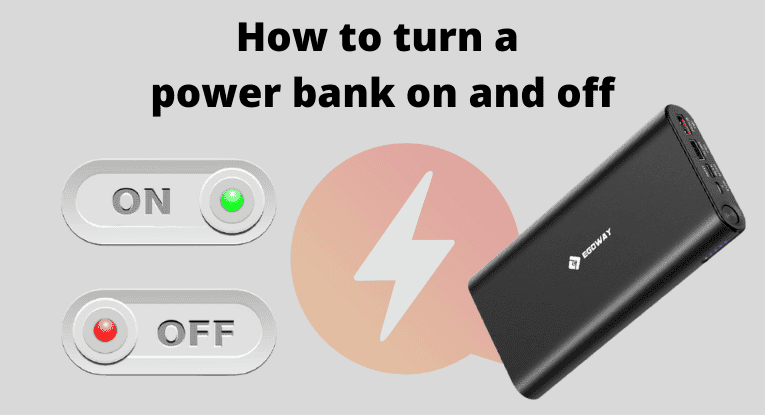Understanding Your Power Bank
Before diving into the specifics of turning a power bank on and off, it’s important to understand its basic components:
Power Button
Most power banks have a button that turns them on or off. This button also often displays the remaining battery life.
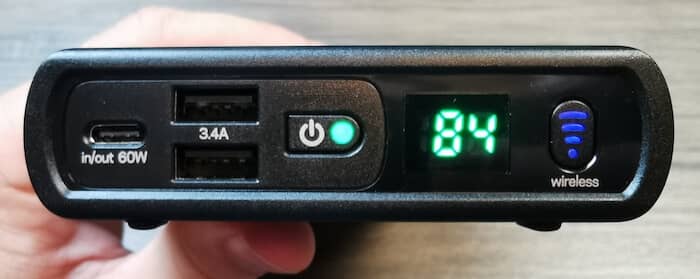
LED Indicators
These lights show the power bank’s current battery level and charging status.
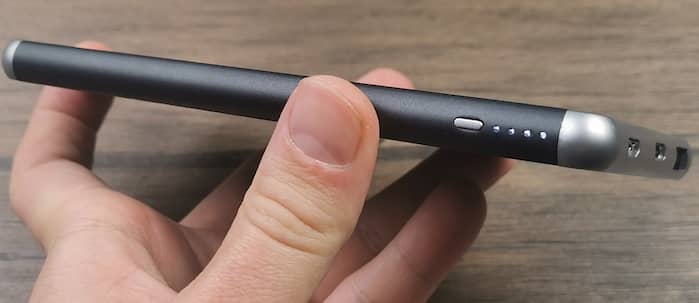
Input Port
This is where you plug in the cable to charge the power bank.
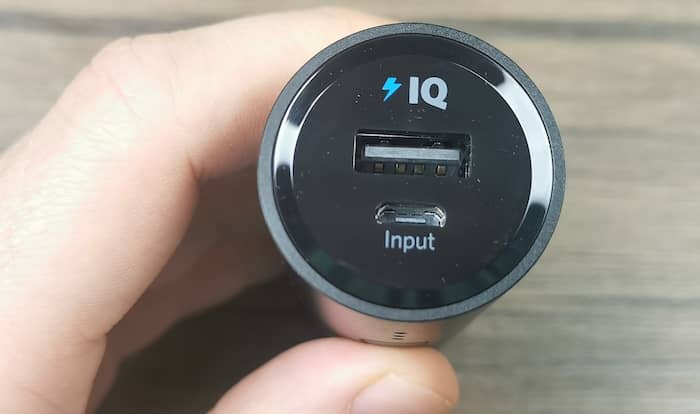
Output Ports
These are used to connect your devices to the power bank for charging.
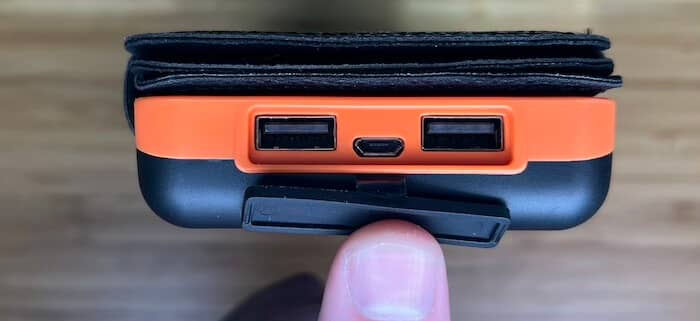
Turning Your Power Bank ON
- Check the Battery Level: Press the power button briefly. The LED indicators will light up, showing the current battery level. If the lights do not turn on, your power bank may need to be charged.
- Connect Your Device: Plug your device’s charging cable into one of the output ports on the power bank.
- Power On: Press the power button. Some power banks automatically turn on when a device is connected, while others require a short press of the power button.
- Start Charging: Once the power bank is on, your device should start charging. The LED indicators might change to show that a device is being charged.
Turning Your Power Bank OFF
- Disconnect the Device: Remove your device’s charging cable from the power bank. Some models automatically turn off when the device is disconnected.
- Manual Shutdown: If your power bank doesn’t automatically turn off, press and hold the power button for a few seconds. The LED lights should turn off, indicating that the power bank is off.
- Check the Indicators: If you’re unsure whether the power bank is off, press the power button briefly. If the LED lights do not turn on, the power bank is off.
Why Is My Power Bank Not Turning On?
Power banks are your first and foremost insurance policy. However, your power bank might stop working properly for many reasons. Let’s troubleshoot for different scenarios that prevent your power bank from turning on.
No Charge
Your power bank might be out of charge. Double-click the power button. If the indicator lights flash together a few times and then turn off, the battery is empty. When you start charging the power bank, the indicator lights should start flashing.
Faulty Battery
If you have left the power bank charging for a few hours and it still doesn’t turn on, try these methods:
- Change the charging cable
- Use an adaptor or wall socket, not a laptop USB port, for example.
- The power bank’s circuits might be damaged, and you have to contact the manufacturer for a warranty or repairs.
Faulty Charging Cable
Another point worth mentioning is the fact that both the charging cable and the cable used to connect the device to the power bank can become faulty over time and may need to be replaced. This is a common issue that will lead to a power bank not receiving any charge even though it’s connected to the wall charger.
Dead Battery
Occasionally, the battery is the primary cause of failure, and the internal circuitry is in good condition. This scenario can occur as a result of the power bank being overcharged or over-discharged. Additionally, the battery may have reached the end of its lifespan if it has exceeded 2500 charge/discharge cycles. It’s also worth mentioning that the lifespan of a battery depends on its quality, usage habits, and environmental conditions
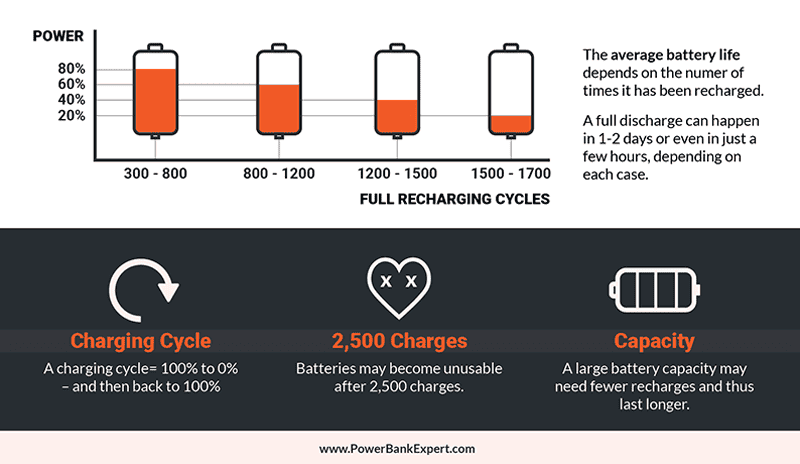
In case of a dead battery, the only alternative is to purchase a new power bank and recycle the old one.
Why Is the Power Bank Turning OFF Automatically?
As mentioned earlier, the control circuit cuts off the power supply when it detects no load connected to the batteries. Additionally, if your device is fully charged, the portable battery will stop charging and turn itself off. However, sometimes the power bank shuts down abnormally.
In this case, you connect a device to your power bank; it starts charging for a moment, then it shuts down. Here are some possible reasons:
- Make sure that the power bank has some charge.
- Check the charging cable. It might be loose at the end, or the wire might be damaged.
- Some power banks do not support devices that charge with low-power input, such as smartwatches. Try a different device to see if the power bank works appropriately.
- Extreme temperatures trigger the controller to shut down the power bank. If your portable charger is hot, let it cool down before charging your device.
If the problem persists, send the external battery to the manufacturer for repairs or replacement. It is worth noting that a faulty battery will illuminate the indicator lights, but it can’t produce and keep a stable output. Therefore, the controller blocks the current to avoid damaging your phone.
How to Charge Your Power Bank for the First Time
There are many concerns when you buy a new gadget. Like, how to charge it, or does it work properly, etc. So, let’s talk about charging your power bank for the first time. Power banks and other rechargeable batteries are typically charged to about 50% before shipping. Therefore, when you get your power bank, perhaps you would prefer to charge it up to 100% before testing it.
Despite the common rumors, charging up the device for the first time is optional. It does not affect the lifespan of the power bank, although some manufacturers may recommend a full charge before first use as a standard procedure.
- Connect the cable to your power bank. The charging cable is usually connected to the power bank with a USB
- port.
- Connect the other end to a USB socket or a power adaptor.
- Your power bank will start charging automatically. However, if your power bank has indicator lights or a display, you could notice that the lights start blinking.
- Check your power bank to see when it becomes full.
Does a Power Bank Automatically Stop Charging Once It’s Full?
Modern power banks have circuits that detect battery percentage and stop charging the battery when full. Furthermore, if the controller fails to cut the excessive power influx, another parallel integrated circuit will protect the battery. On the other hand, counterfeit products or low-quality power banks can overcharge themselves.
Signs of Overcharging
- Your device becomes hot when fully charged and connected to the charger.
- Your battery runs out quicker than before.
- If the case has swollen, it indicates that the device was overcharged.
Tips for Keeping the Power Bank Safe
Buy From a Reputable Brand
In the first place, purchase your power bank from a well-known brand and verified retailer. Check the features in detail to make sure it complies with your needs. Then, spend a few more dollars on the product that comes with excellent features and a long-term warranty. Ascertain that it incorporates smart circuits that prevent overcharging, over-discharging, overheating, and so on.
Read the User Manual
Know your power bank: learn its capacity, how long it takes to charge, what it can and cannot charge, etc.
Protect It
If your power bank is not waterproof, avoid using it in wet situations. In addition, you can protect your portable battery by getting a hard case if your power bank is not shockproof.
Conclusion
Power banks are not impervious to failure. Although you can have some of its issues fixed at an electronics repair center, if your power bank is acting strangely, such as shutting down randomly, and you’ve tried all possible fixes, it’s time to move on and get yourself a new one.
